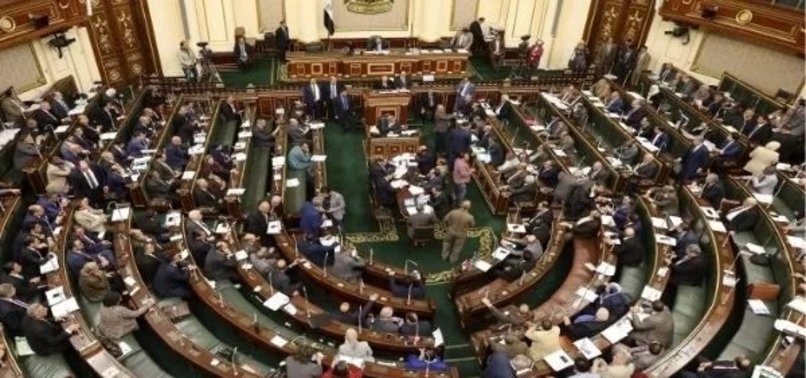The distribution of legislative powers between the Union and the States is the most important characteristic of a federal constitution. This distribution can be achieved by a single, two-fold or three-fold enumeration of Governmental powers.
The Constitution of the United States of America specifically enumerates the powers of the Federation and leaves the unenumerated residue, except those prohibited by the Constitution, to the States.
The Australian Constitution, while enumerating the powers of the Commonwealth, leaves the residue to the States. Though in it there is no separate list enumerating concurrent powers, by implication some of the enumerated powers of the Commonwealth are concurrent.
The Constitution of Canada distributes the powers between the Dominion and the Provinces by making a three-fold enumeration–
- Section 91 of its Constitution Act enumerates Classes of Subjects which are within the exclusive competence of the Parliament of Canada.
- Section 92 contains a list of Classes of Subjects which are within the exclusive competence of the Provinces.
- Section 95 demarcates a narrow area for concurrent legislative jurisdiction of the Union and the Provinces.
- Section 91 gives general “residuary” power to the Dominion Parliament to make laws for peace, order and good Government of Canada, in relation to all matters, not coming within the Classes of Subjects assigned to the Legislatures of the Provinces.
The Government of India Act, 1935, made a comprehensive enumeration of subjects of legislative powers and divided them into three Lists—Federal, Provincial and Concurrent. It conferred the residuary powers on the Governor-General who could, in the exercise of his discretion, place any subject not found in the three Lists, in any of these Lists.
Outline of the constitutional scheme
The Constitution of India also adopts a three-fold distribution of the subjects of legislative power by placing them in any one of the three Lists, namely, I (Union List), II (State List) and III (Concurrent List).
Chapter I in Part XI of the Constitution contains the provisions which govern Union-State relations in the legislative sphere. It comprises eleven Articles, 245 to 255. Out of these, the provisions in Articles 245, 246, 248 and 254 (read with the Seventh Schedule) constitute the core of the scheme of distribution of powers.
Clause (1) of Article 245 defines the extent of territorial jurisdiction of Parliament and State Legislatures. It confers power on Parliament to legislate for the whole or part of India and on State Legislatures to legislate for the whole or part of a State. The legislative power so conferred by Article 245 is distributed by Article 246 between the Union and the States with reference to the subjects enumerated in the three lists of Schedule VII.
Clause (I) of Article 245 is expressly “subject to the provisions of this Constitution”. It follows that the legislative powers derived both by Parliament and the State Legislatures from Article 246, are also subject to the limitations imposed by the other provisions of the Constitution.
Article 246 confers exclusive legislative power on Parliament with respect to matters in List I. Likewise, the Legislature of a State has been invested with exclusive power to make laws with respect to matters in List II. Parliament and State Legislatures have concurrent powers with respect to matters enumerated in List III.
The powers assigned to the State Legislatures under Article 246 is expressly subject to the Supremacy of Parliament in case of irreconcilable overlap between the Lists. A facet of the same principle, applicable in the Concurrent sphere, is embodies in Article 254(1).
Article 248 read with Entry 97 of List I gives exclusive power to Parliament to make any law with respect to any matter not enumerated in the Concurrent List of the State List.
The provisions of Articles 249 to 253 are in the nature of exceptions to the normal rule that in respect of a matter coming in its pith and substance within the State List, the State Legislatures have exclusive power to make law.
Article 249 enables Parliament to legislate with respect to a matter in the State List, if the Rajya Sabha by a two-thirds majority passes a resolution that it will be expedient in the national interest to do so. The life of such a legislation cannot exceed one and a half years.
Parliament may also legislate with respect to any matter in the State List if a Proclamation of Emergency is in operation (Article 250).
Parliament may also legislate for two or more States by consent with respect to a matter in the State List. Any other State can also adopt such a Legislation (Article 252).
Parliament can also legislate in the State field to the extent necessary for giving effect to an international agreement (Article 253).
Apart from the provisions contained in Chapter I of Part XI, there are Articles 352, 353, 358 and 359 (read with Article 250) and Article 360 which govern legislative relations between the Union and the States during an Emergency. The inter-linked Articles 356 and 357 govern Union-State relations during the President’s Rule.
The reservation of State Bills under Article 200 and the exercise of its powers by the Union Executive with respect to such Bills under Article 201 have a direct impact on Union-State relations in the legislative sphere. Several Articles, such as Article 3, 4, 31A, 31C, 285, 286, 288, 289, 293 and 304(b) have also a bearing on these relations.
